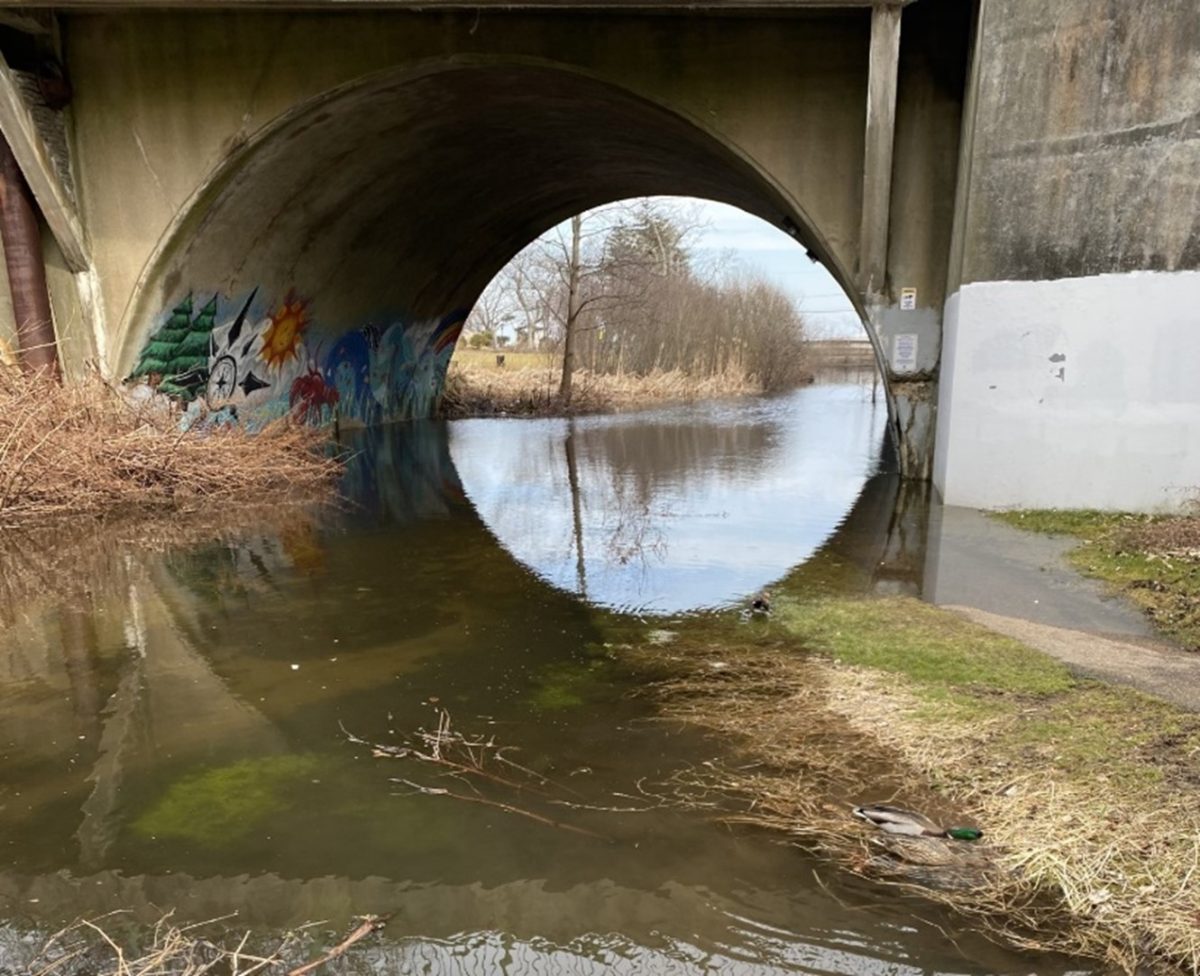Plymouth’s Select Board has voted to approve a Climate Action and Adaptation Plan for the town, an aspirational outline for how it will cope with rising sea levels and other environmental changes in coming years.
Developed over the last year by the Town’s Climate Action/Net Zero Committee, or CANZ, the plan provides an initial – but comprehensive – set of proposals for Plymouth and its residents to take concrete steps to help curb climate change, or at least mitigate its effects.
Dale Bryan, the CANZ Committee chair, told the Select Board Tuesday that the plan is the result of a collaboration among at least 60 people, including the committee and members of the broader Plymouth community. It is intended to build a foundation for policies that would lead to adaptation and resiliency in the face of climate change. Bryan specifically highlighted the public health benefits of the plan, extending especially to Plymouth’s younger residents, who may live long enough to bear the brunt of the adverse effects of climate changes.
Mike Cahill, the town’s sustainability planner, described the plan as a “whole of government” approach, noting that it is a requirement to help unlock potential funding from the state to help with climate adaptation.
In Plymouth, the effects of global warming are felt in the acceleration of sea level rise, an increased frequency of flooding from high tides and torrents, more powerful storm winds, more frequent and warmer heat waves and their adverse health consequences, and the redistribution of marine fish stocks as the ocean temperature rises. The town declared a climate emergency in July 2021, leading eventually to the establishment of the CANZ Committee.
Increases in flooding and high winds are major reasons why homeowner insurance premiums have escalated in Plymouth in recent years.
The CAAP includes 10 goals, 17 strategies, and 62 actions across five topics: buildings, energy and infrastructure; health, safety, and preparedness; natural systems; transportation; and waste. Ten of the 62 actions were identified by CANZ as clear priorities, leading to detailed blueprints for carrying them out. The committee hopes to eventually develop blueprints for all 62 actions.
Five specific actions in each of the topics were presented by Cahill, including identifying opportunities for microgrids and energy storage; promoting sustainable harvesting of shellfish and the growing of kelp; articulating a shoreline protection plan; designing streetscapes to enhance safety of pedestrians and bicyclists; and promoting a “green restaurant” destination program. Implementing any of the plan’s actions would potentially be subject to approval by the Select Board.
Among the priority actions is the adoption of the state’s opt-in Specialized Energy Code. That would help the town make sure that new residential or commercial buildings are energy efficient, thereby contributing to a net-zero Massachusetts economy by 2050. The CANZ Committee anticipates that the education of tradespersons in energy-efficient construction would be crucial in moving further toward the specialized code.
Plymouth joins the ranks of several other Massachusetts communities in the development of a comprehensive plan to help curb and adapt to climate change, putting it at vanguard of New England communities thinking proactively about the issse
The CAAP is expected to be posted soon on the CANZ Committee website, and there will opportunities for residents to participate in the development and implementation of the climate actions proposed in it.
Plymouth resident Porter Hoagland is interested in local environmental and natural resource matters. He welcomes your feedback, and can be reached at phoagland@whoi.edu.

